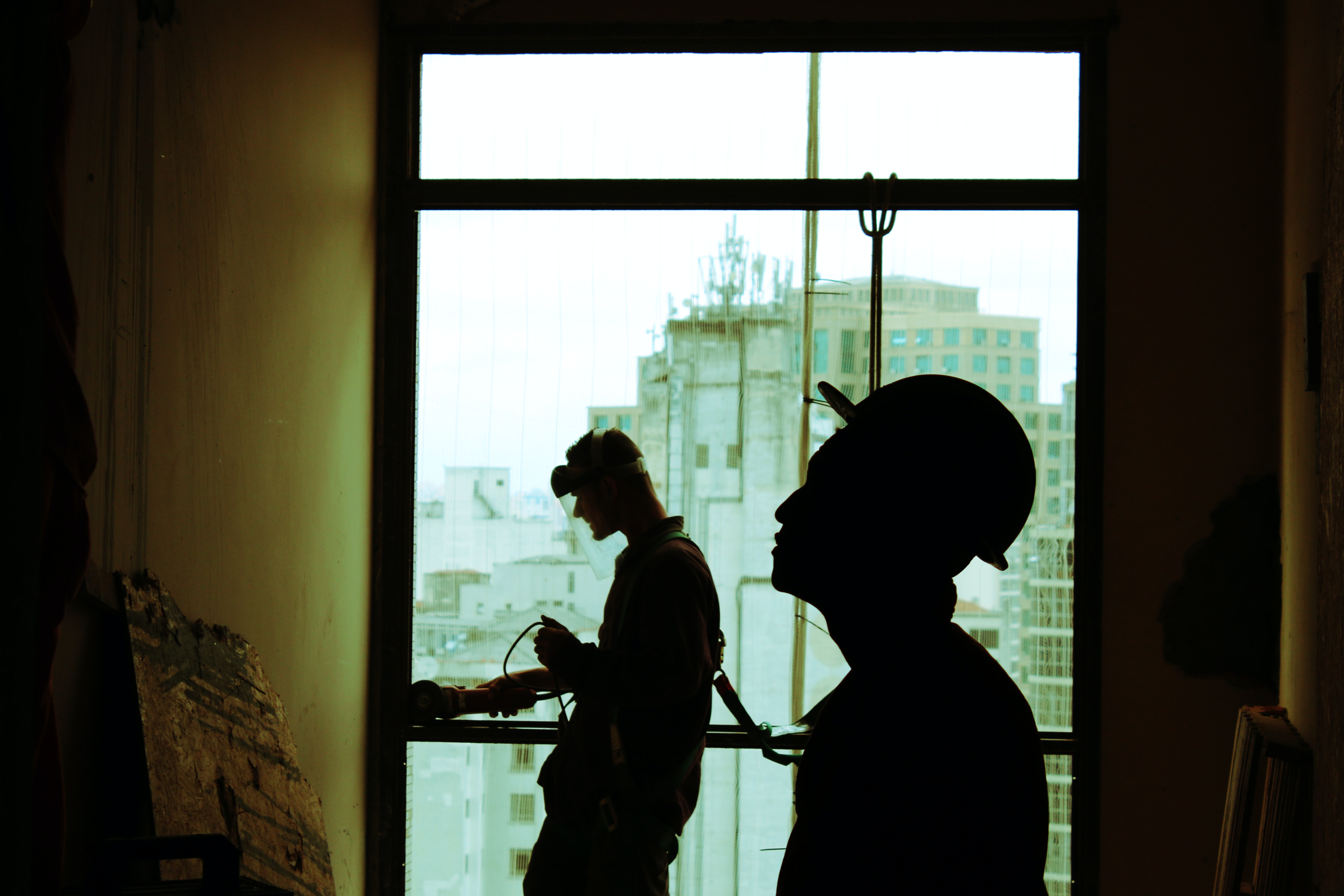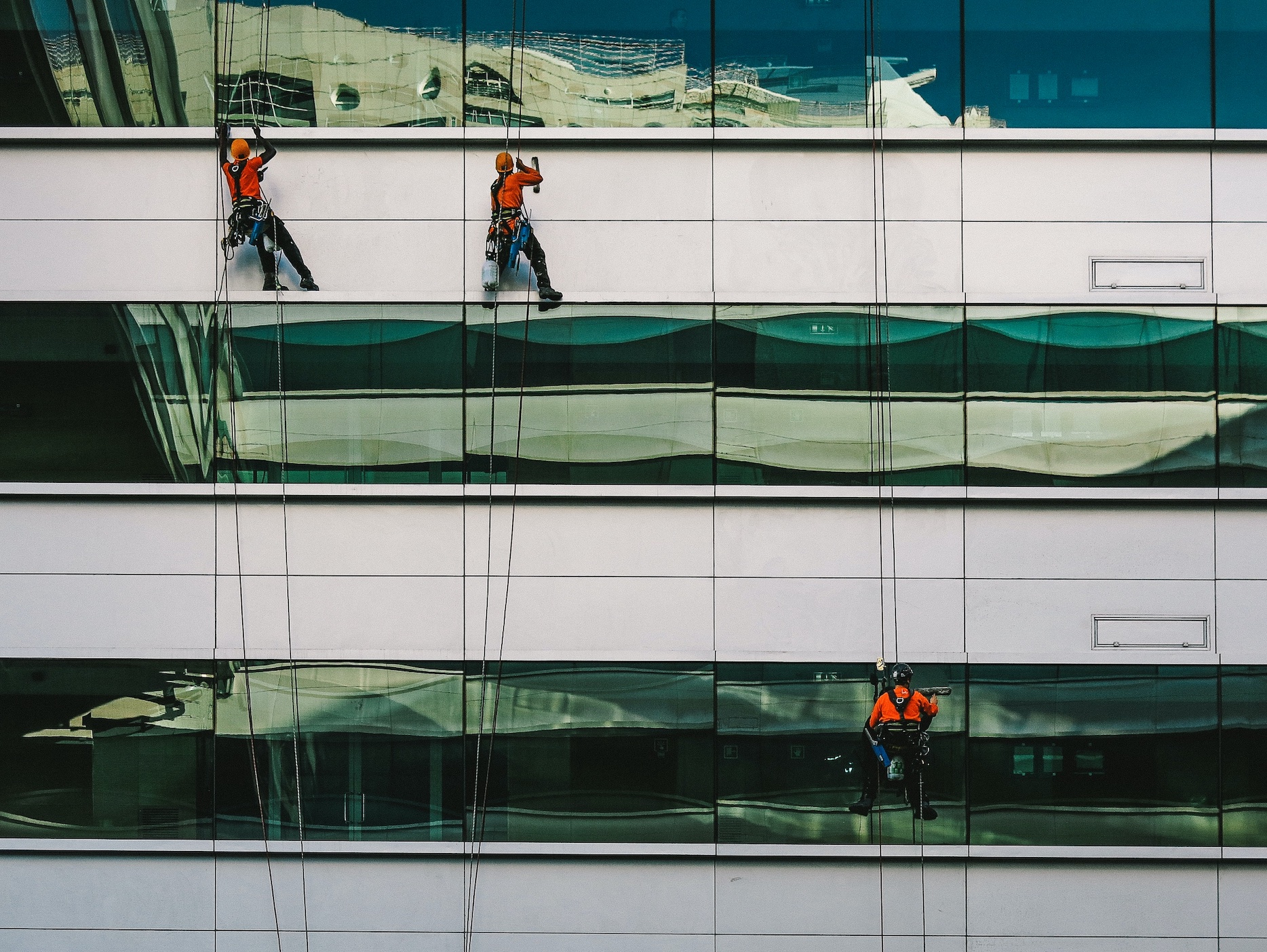Clearly, there are also productivity and cost-saving benefits of digitization and automation, but in general, maintenance software simply helps in ensuring a proper maintenance regime and the avoidance of incidents.
When incidents related to building maintenance happen in public areas cause harm to consumers, they typically attract public attention. In Singapore, well-publicized cases include a woman injured by a falling door at a shopping mall and a ventilation duct falling on two movie-goers in a shopping mall cinema hall.
Such cases obviously bring up issues of legal liability for the building owner. The regulator in Singapore, the Building and Construction Authority, places the responsibility for ensuring that their common property, including fixtures and fittings, is kept in a state of good and serviceable repair, on the building owner.
Multiple Parties Involved
One key issue facing building owners in ensuring proper maintenance of the common property is that multiple parties are typically involved in the maintenance process. Building owners may outsource maintenance to an Integrated Facility Manager, who may in turn subcontract repair and maintenance activities to smaller engineering firms.
The challenge for the building owner then becomes how it can exercise adequate oversight in the most efficient way. Utilizing appropriate maintenance software will go a long way towards doing this.
Transparency, Coordination and Measurement
With maintenance software, building owners can achieve a level of transparency that is almost impossible with a paper based system. The technician who conducts the maintenance can be required to complete a digital checklist and include photographs of each maintenance session. Mobile apps can even capture the location of the technician while he is performing the repairs.
A single-source of truth is established for all parties involved. With aggregated data available in real time, the building owner, integrated facility manager and subcontractor can agree on the adequacy and frequency of checks, and any defects reported by the subcontractor can be immediately visible to all parties.

Facilities maintenance software also enables automated job assignment and workflow management, helping to ensure that all maintenance tickets are addressed and clearly assigning the responsibility for repairs to each responsible party.
When all parties have been clearly assigned responsibility and are aware that their actions are being tracked and measured, there tends to be more attention paid to doing a good and timely job.
Evidence, If Needed
The aim of deploying facilities maintenance software is to help avoid any incidents happening in the first place. But should an incident happen, the digital checklists, timestamps and photo evidence would become useful to the building owner to prove its efforts to keep the common property well maintained. Of course, such evidence could also come in handy against unwarranted lawsuits.
Corruption
Transparency is also a well-known deterrent against corrupt activities. With multiple parties and procurement activities involved, corrupt behavior is a risk. Maintenance software can support procurement activities, promoting transparency in procurement. Maintenance software can also measure contractual performance outcomes that could be associated with liquidated damages, such as response times and attendance.
In another case in Singapore, a director of a security firm was jailed for bribing a shopping mall manager to cover up a guard shortage.
Maintenance Software is Accessible
With many maintenance software available through cloud-based SaaS subscriptions at affordable rates, there should be little reason for building owners, even for small premises, not to consider their usage. Clearly, there are also productivity and cost-saving benefits of digitization and automation, but in general, maintenance software simply helps in ensuring a proper maintenance regime and the avoidance of incidents.


Join the conversation!